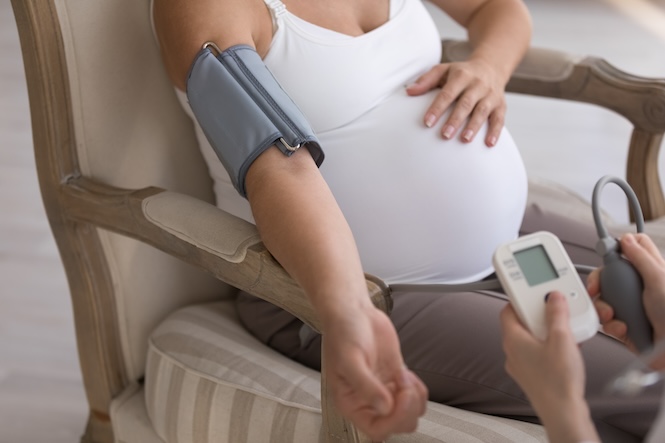A new study from UHN’s Toronto General Hospital Research Institute (TGHRI) has identified the impact of frailty on hospitalized patients with interstitial lung diseases (ILD).
Interstitial lung diseases are a group of lung disorders that cause progressive scarring and declining lung function.
Every year, between three per cent and 14 per cent of patients with ILD suffer acute exacerbations flare-ups (AE-ILD), which are associated with high morbidity and mortality. Identifying risk factors is crucial for predicting outcomes, allocating resources, assessing transplant eligibility and optimizing recovery.
“Frailty is a syndrome characterized by the reduced reserve of energy to maintain functions and cope with stressors that happens as we age,” says Dr. Dmitry Rozenberg, a scientist at TGHRI, assistant professor in the Temerty Faculty of Medicine at the University of Toronto (U of T) and senior author of the study.
“Frailty is often associated with greater risks in chronic lung diseases and has also been associated with diminished quality of life and transplant-free survival in patients with chronic respiratory diseases.”
Although it is known that frailty can be an indicator of outcome for patients with ILD and that approximately half of ILD patients experience frailty, the implications of frailty during acute exacerbations of ILD have remained largely unexplored.
“Our study aimed to understand the association between frailty and various aspects of AE-ILD, including clinical characteristics, physical function, hospital outcomes and post-AE-ILD recovery,” says Dr. Marine Van Hollebeke, former postdoctoral researcher at UHN and co-first author of the study.
Dr. Van Hollebeke was co-supervised by Dr. Rozenberg and Dr. W Darlene Reid, Senior Scientist at UHN’s KITE Research Institute, a professor at U of T, and co-author on the study.
The team analyzed retrospective data spanning from January 2015 to October 2018.
They examined 89 patients hospitalized with AE-ILD, 31 of them being identified as having frailty based on a previously developed index. This indicates that frailty is prevalent, being present in one-third of patients admitted with AE-ILD.
“We found that patients with frailty tended to be older, had a higher burden of comorbidities – for example, diabetes or cardiovascular disease, exhibited reduced physical function prior to hospitalization, and decreased independence,” says Dr. Karan Chohan, former medical student at U of T and co-first author of the study.
“Patients with frailty also had more major medical complications – 32 per cent of patients with frailty versus 10 per cent without – and required more multidisciplinary support during hospitalization.”
However, the study also showed that frailty was not associated with one-year mortality when factoring in lung transplantation, which is a life-saving procedure.
This study underscores the importance of identifying frailty in ILD patients, as it may help health care providers better understand prognosis, allocate resources more effectively, and tailor care plans to address the specific needs of individuals.
Future research will evaluate if frailty can be modified prior to or during hospitalization with AE-ILD and whether offering rehabilitation strategies during or after hospitalization can improve hospital and post-discharge outcomes.





